
Necrotizing fasciitis is often called flesh-eating bacteria, and this disease is almost as dreadful and terrifying as the name it carries.
Cause of necrotizing fasciitis
This is a rare but very dangerous disease caused by one of the bacterial types of the so-called flesh-eating group. These can include group A Streptococcus, vibrio vulnificus and several more.
These bacteria attack soft tissues in the body and the layer that covers the tissues, called fascia. They can enter the body through direct or indirect contact, during surgery, through wounds and injuries and in similar ways.
The bacteria themselves do not eat the tissues. During their life span and reproduction processes, they release toxins and enzymes as byproducts that destroy the fascia and the tissues, causing necrosis or gangrene. Gangrenous tissues are very dangerous and if they are not treated, they can lead to the fatal outcome.
Symptoms of necrotizing fasciitis
Tissue damage caused by the flesh-eating bacteria can be visible with the naked eye if it is superficial, appearing as a bruise or a cut. However, it may not be so easily detected if it involves muscles or internal organs.
Some of the symptoms of this severe disease include severe, almost unbearable pain in the affected area, redness and swelling of the area, high fever, nausea, vomiting, confusion, very low blood pressure and dehydration.
Diagnosis and treatment
Diagnosis of necrotizing fasciitis is done based on the physical exams and the symptoms reported by the patient, and confirmed through blood tests. Sometimes a tissue sample is collected and examined through biopsy in order to definitely confirm the presence of flesh-eating bacteria.
It is very important to do all the necessary tests, especially blood tests and biopsy, because if the diagnosis is based only on the symptoms, it can easily be mistaken for something else. This can be very dangerous because, if untreated, necrotizing fasciitis can be fatal.
Unfortunately, the only way to stop the infection is to surgically remove the infected tissues and fascia. Antibiotics are also prescribed to destroy any trace of flesh-eating bacteria in the body. This is only effective in early stages of the disease, because if the infection has spread to the surrounding tissues, it will be necessary to amputate the entire limb. Infections affecting parts of the body that cannot be removed, for example internal organs, are usually life-threatening and the chances of survival are, unfortunately, low. The same goes for cases of necrotizing fasciitis where the infection has affected more than one part of the body.


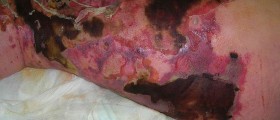


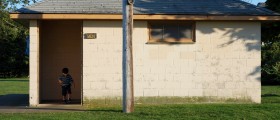

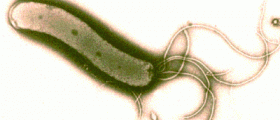

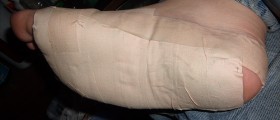

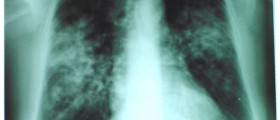
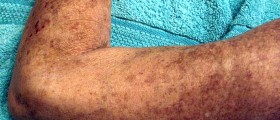
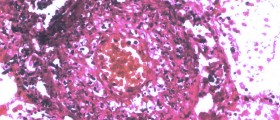

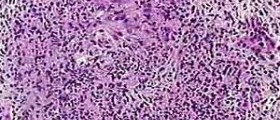

Your thoughts on this
Loading...